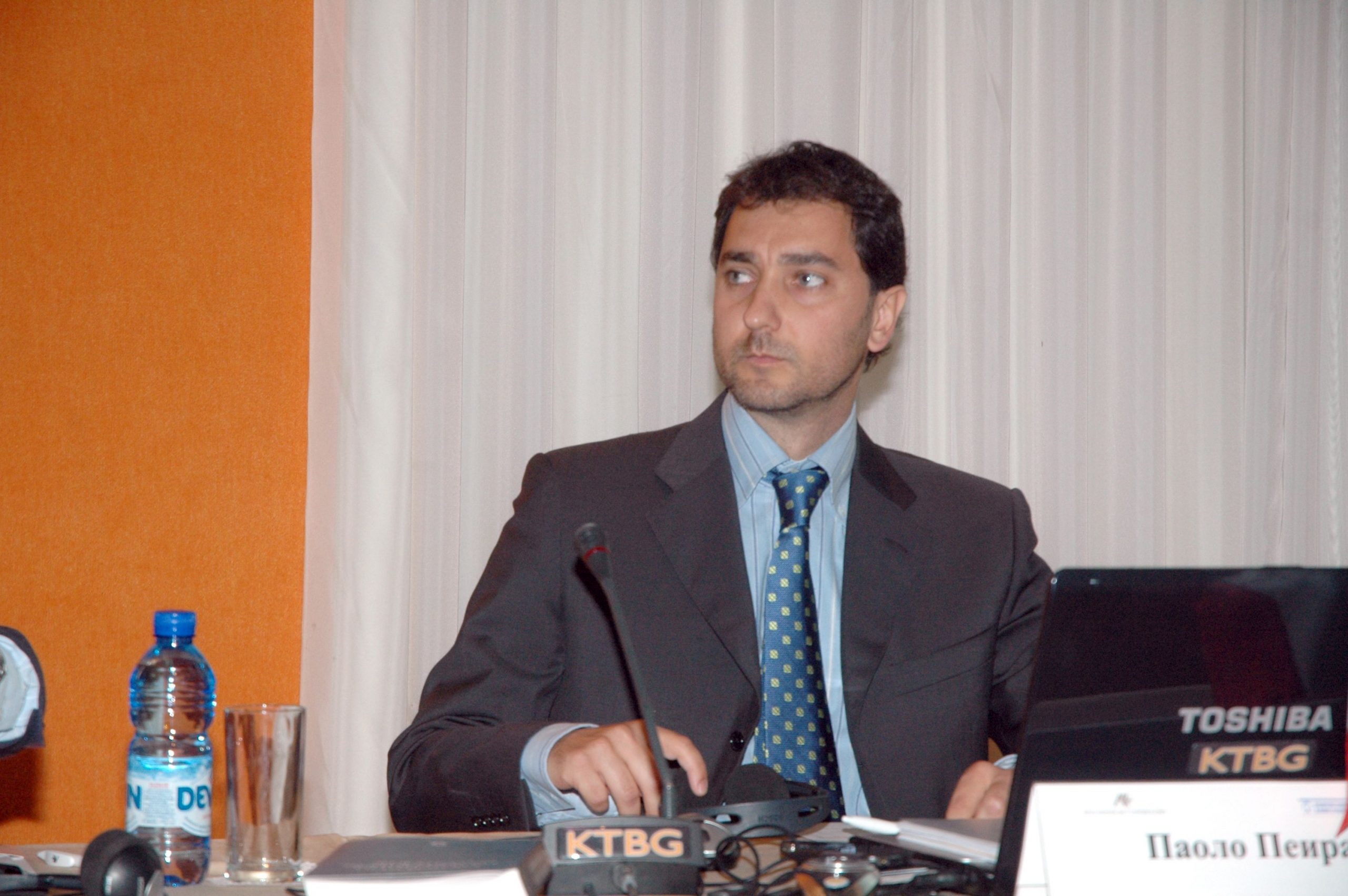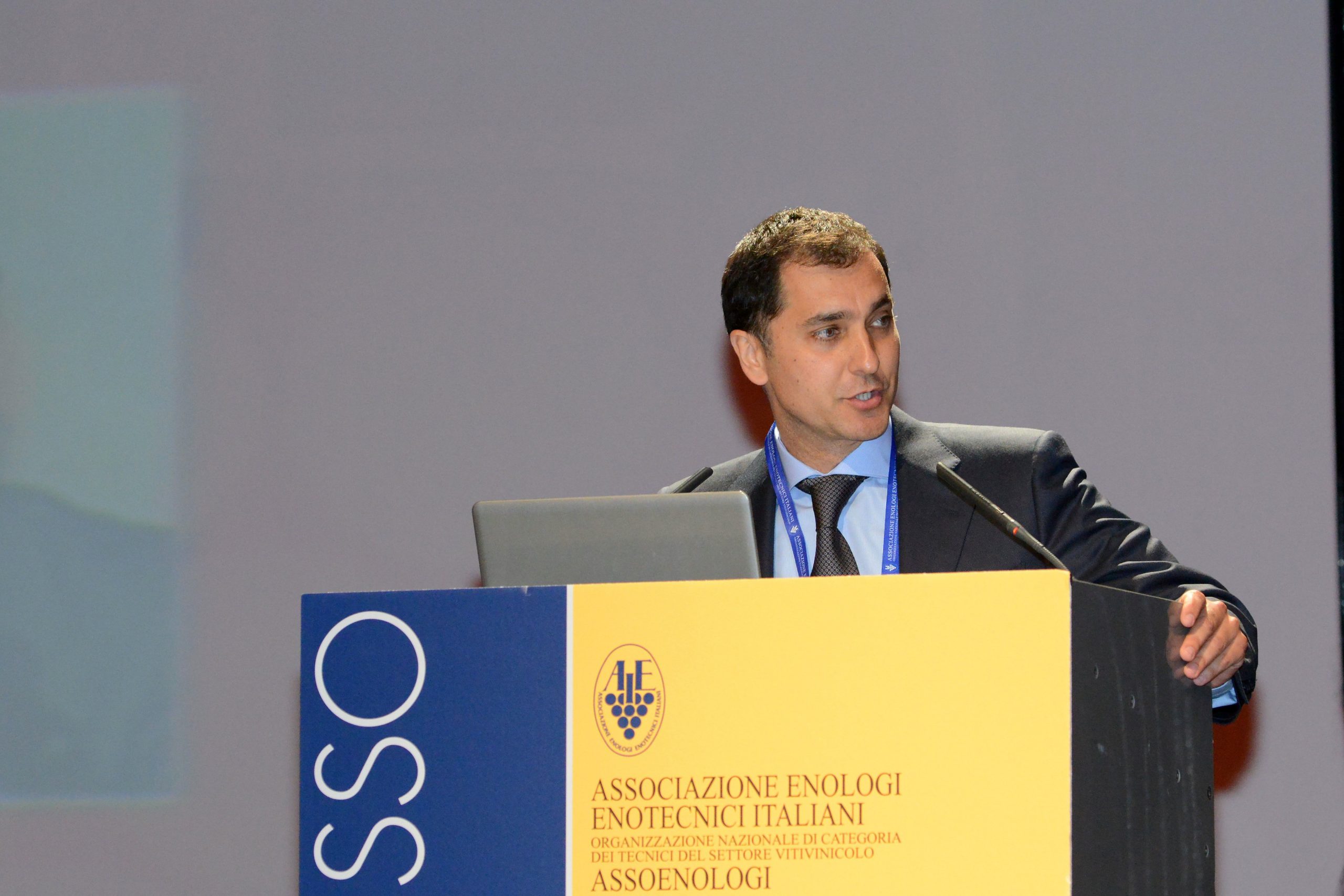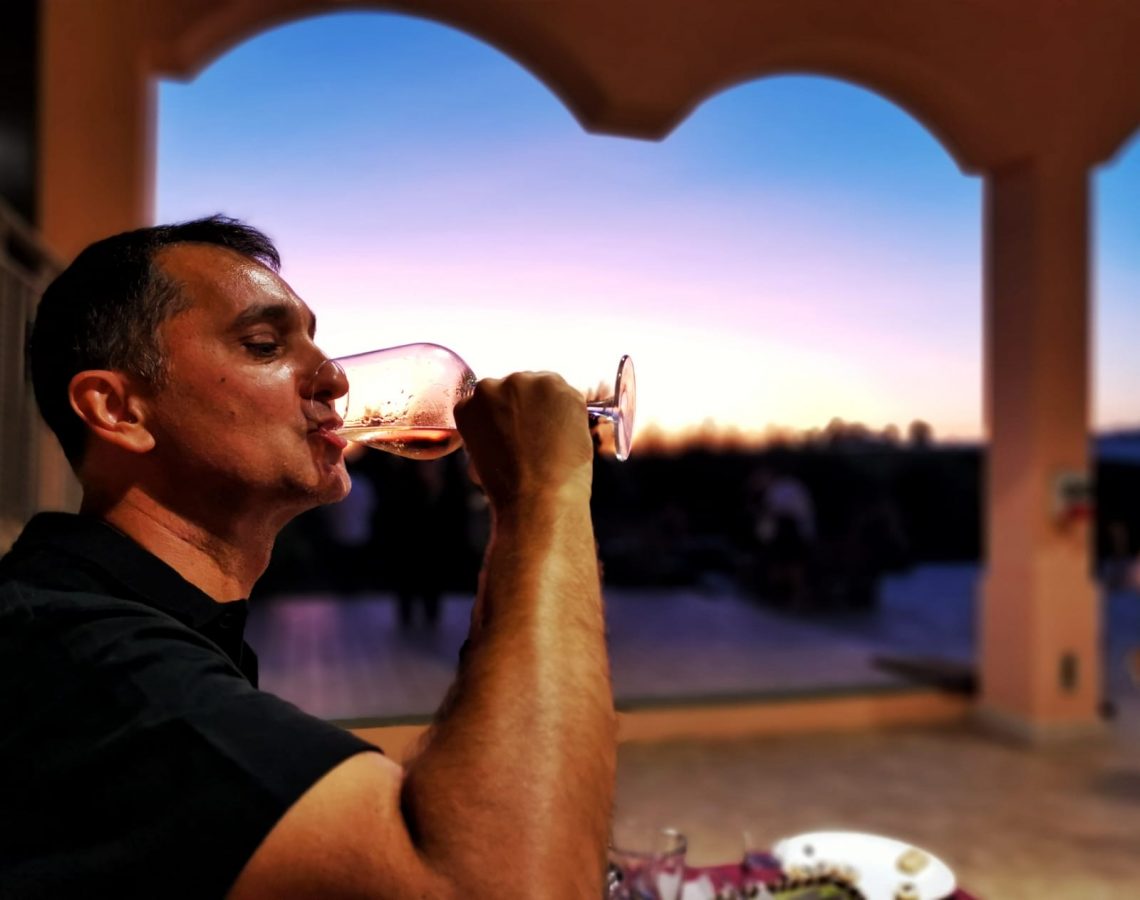The Wolf Post, supported by a Cultural Association, offers a professional service with free access, without subscription.
For this reason, a donation would also be a sign of appreciation for our work.
The cellar is the beating heart of the company where the manual skills of the operators and the knowledge of the winemaker merge. Of course, technology is today an indispensable element which, however, according to some, has taken poetry away from a work that is lost in the mists of time.
We ask the oenologist Paolo Peira for his opinion on the matter.

© Paolo Peira Enologo
What is your opinion on the statement: “Wine is no longer made in the vineyard, but only in the cellar”? A cliché sentence or does it hide a grain of truth?
In oenology, as probably in other fields, the slogans, however full of charm, are often misleading and too general. To summarize, we could reiterate that quality red wine, being the result of a maceration of the must with the skins, requires perfect, healthy and ripe grapes. Although technology has made great strides in the last forty years, it remains, unfortunately, impossible to produce a quality wine with unhealthy grapes. On the contrary, in the production of white wines we could say that the cellar technology could prove to be the winning weapon even in cases where the grapes are imperfect, precisely by virtue of the fact that the skins are removed immediately and essentially do not enter the winemaking establishments.
How much has technology in the cellar improved and how depersonalized the work of the winemaker?
Let’s not forget that, behind the choices of technologies used and innovative materials, there is always an oenologist who makes the decisions and decides which are the best production paths for each type of grape, with the aim of obtaining that wine that he had set for himself. On the contrary, I believe that, by observing the white and red wines that were produced in the 70s and part of the 80s, it was possible to perceive a certain homology of production despite the varieties used and the different wine-growing areas. The main virtue that those wines must have was certainly not an impeccable sensorial profile, corresponding to the variety, but rather the achievement of chemical-physical stability. For this reason, the wines were subjected to numerous treatments and filtrations, thus reducing the specificities linked to the production areas.

© Paolo Peira Enologo
According to your experience, which technological tool today is impossible to give up?
The technological tools we currently have are numerous and, depending on the area of production and the style of wine that is produced, they can vary. What is essential in the south of Italy probably in the north may not have the same value. Certainly, the use of cold and active dry yeasts were two goals that greatly improved the quality of the wines produced, above all it was possible to better control and manage the entire process, avoiding the microbiological deviations that are always to be kept in mind. control.
What are the main criticalities of a winery and what is your modus operandi to solve them?
The critical issues that a winery and an oenologist have to face and face are numerous. First, the choice of the harvest date. Furthermore, it must be ensured that the alcoholic fermentation is completed and that no traces of sugar remain. For red wines, it is also good to make sure that the malolactic fermentation is triggered and, above all, proceed with the sulphitation as soon as this is finished, avoiding, as often happens, leaving the wine for a long time in the presence of lactic bacteria. For blended wines, obviously one of the great difficulties to which we are called is to guarantee a certain repetitiveness in the style of the wine, even if starting from bases that, obviously, are different every year. It is possible to solve these critical issues through the daily sensory analysis of all the tanks in the cellar, and, of course, with the help of a precise and reliable analysis laboratory.
In your imagination, how should your ideal cellar be structured? Did you manage to find it in any company?
The key factor within an oenological establishment is that there is a precise organization chart in which everyone knows the role they must play. In fact, sometimes it is precisely in the business organization that some critical issues can be encountered, especially if it is a family businesses in which family members participate in the entire process.








